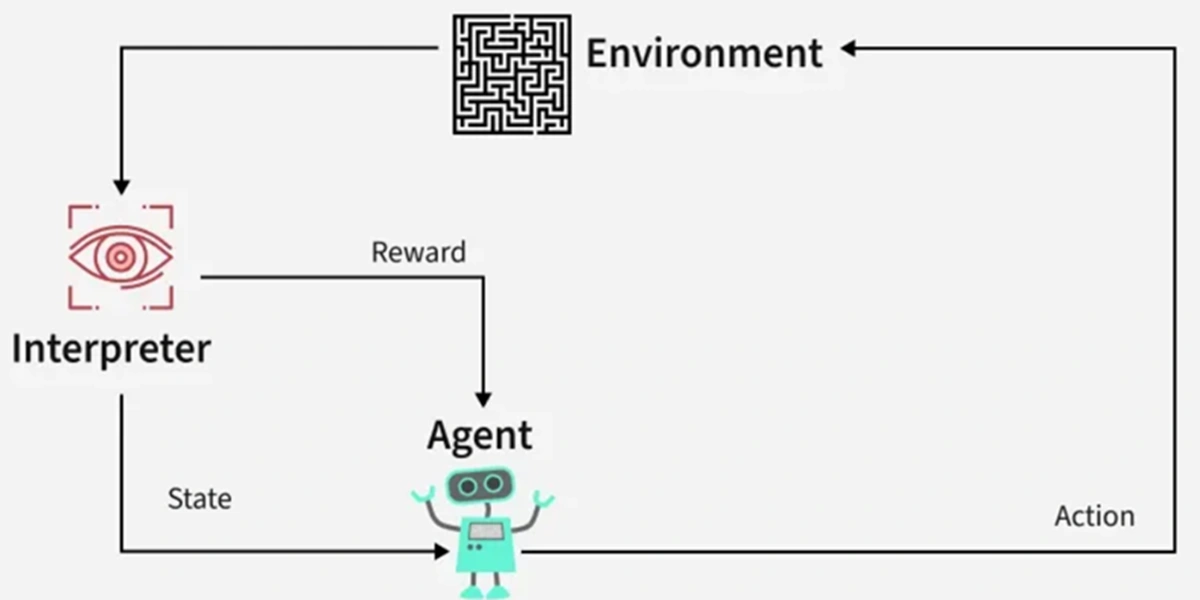The Internet Protocol (IP) is the transmission mechanism used by the TCP/IP protocols at the network layer. Figure shows the position of IP in the suite.

IP is an unreliable and connectionless datagram protocol a best effort delivery service. The term best effort means that IP packets can be corrupted, lost, arrive out of order, or delayed and may create congestion for the network.
If reliability is important, IP must be paired with a reliable protocol such as TCP. An example of a more commonly understood best effort delivery service is the post office. The post office does its best to deliver the mail but does not always succeed. If an unregistered letter is lost, it is up to the sender or would-be recipient to discover the loss and rectify the problem. The post office itself does not keep track of every letter and cannot notify a sender of loss or damage.
IP is also a connectionless protocol for a packet switching network that uses the datagram approach. This means that each datagram is handled independently, and each datagram can follow a different route to the destination. This implies that datagrams sent by the same source to the same destination could arrive out of order. Also, some could be lost or corrupted during transmission. Again, IP relies on a higher-level protocol to take care of all these problems.
| Read More Topics |
| Delivery and Forwarding of IP Packets |
| Three Level Addressing – Subnetting |
| Two Level Addressing in IPv4 |
| Wireless LANs |
| Glossary for Computer Network |





